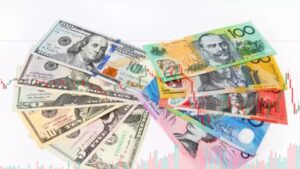The Japanese yen hovered near the 150.00 per dollar mark on Monday, maintaining a tight range as traders assessed the risk of intervention from Japanese authorities. With the Bank of Japan (BOJ) sticking to its ultra-loose monetary policy, downside pressure on the yen remains, but concerns over potential government action have kept excessive depreciation in check.
Market participants have been wary of the yen breaching the psychologically significant 150 level, a threshold that previously triggered government intervention. Japan’s Ministry of Finance has issued repeated warnings against excessive currency moves, but so far, no concrete action has been taken. Last year, authorities stepped in when the yen weakened beyond this level, fueling speculation that a similar move could be imminent.
Despite the BOJ’s dovish stance, the yen’s downside appears contained as traders weigh the prospect of a policy shift later this year. Governor Kazuo Ueda has signaled that the central bank is considering an exit from negative interest rates, which could support the yen in the long run. However, for now, the widening gap between Japanese and U.S. interest rates continues to fuel demand for the higher-yielding dollar.

USD/JPY 1-D Chart as of February 25, 2025 (Source: TradingView)
With the Federal Reserve maintaining a restrictive policy stance, the dollar remains firm against major currencies. Traders will be closely watching upcoming U.S. economic data for further clues on the Fed’s rate trajectory. Any signs of a slowdown in inflation or growth could weaken the dollar, offering some relief to the yen.
For now, the currency market remains in a wait-and-see mode. While the yen’s depreciation pressures persist, fears of intervention and potential BOJ policy adjustments could limit further declines. However, rising U.S. Treasury yields may add another layer of pressure on the yen, as higher yields make dollar-denominated assets more attractive to investors, reinforcing the greenback’s strength.
Adding to the uncertainty, Japan’s trade balance and inflation data set to be released later this week could influence the yen’s trajectory. If inflation continues to rise, markets may anticipate a faster shift in BOJ policy, offering some support for the currency. However, weak economic indicators could reinforce the current trend, keeping the yen under pressure.
















